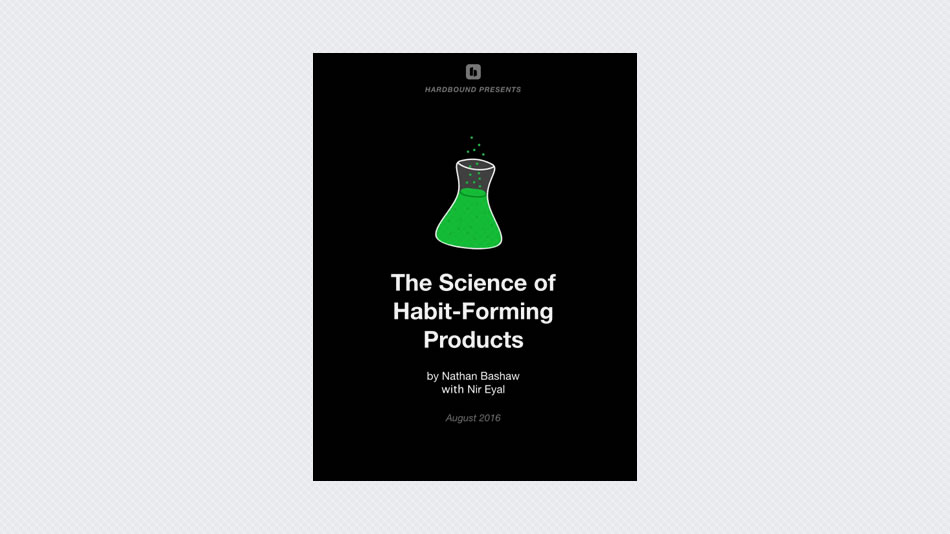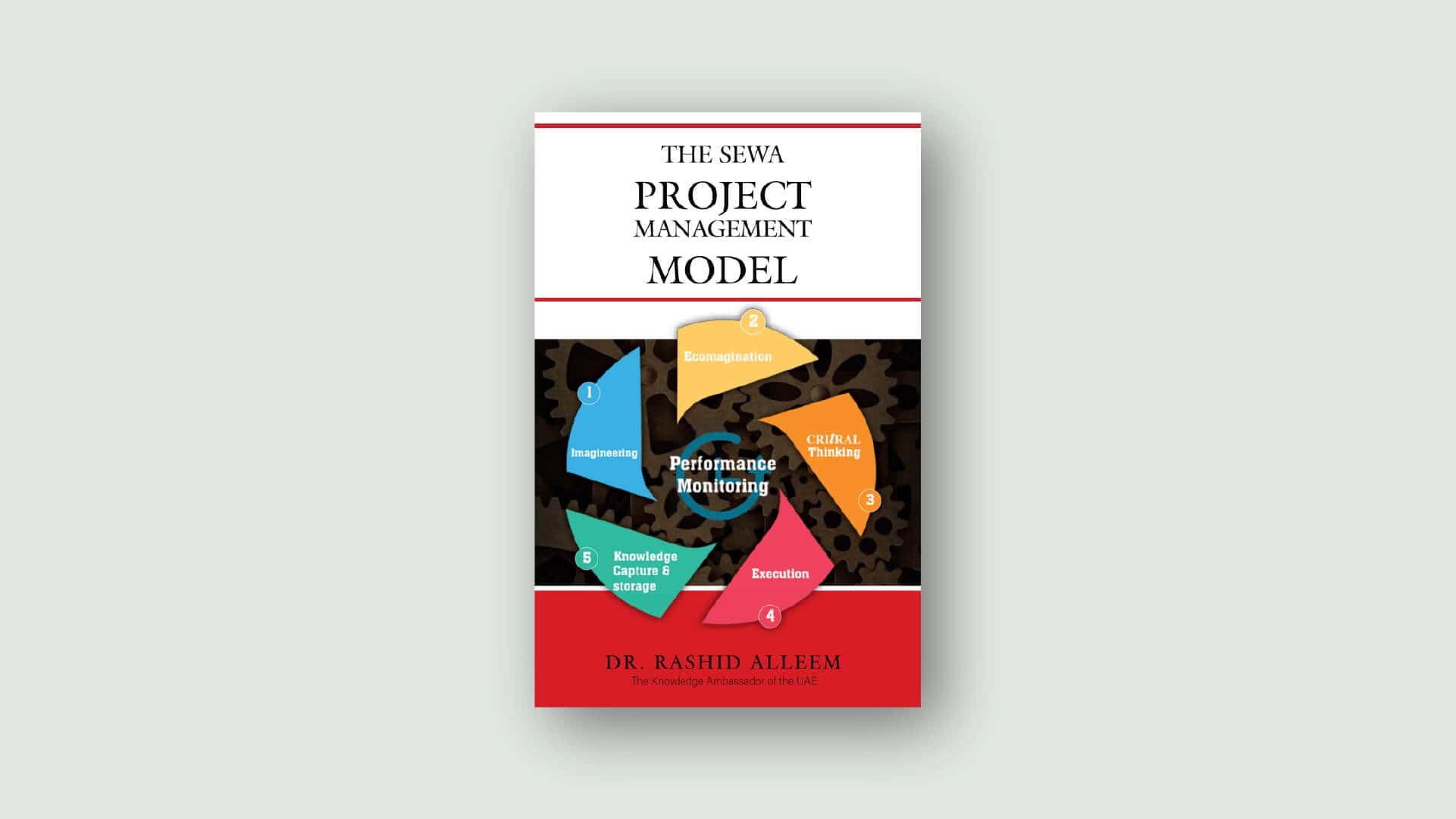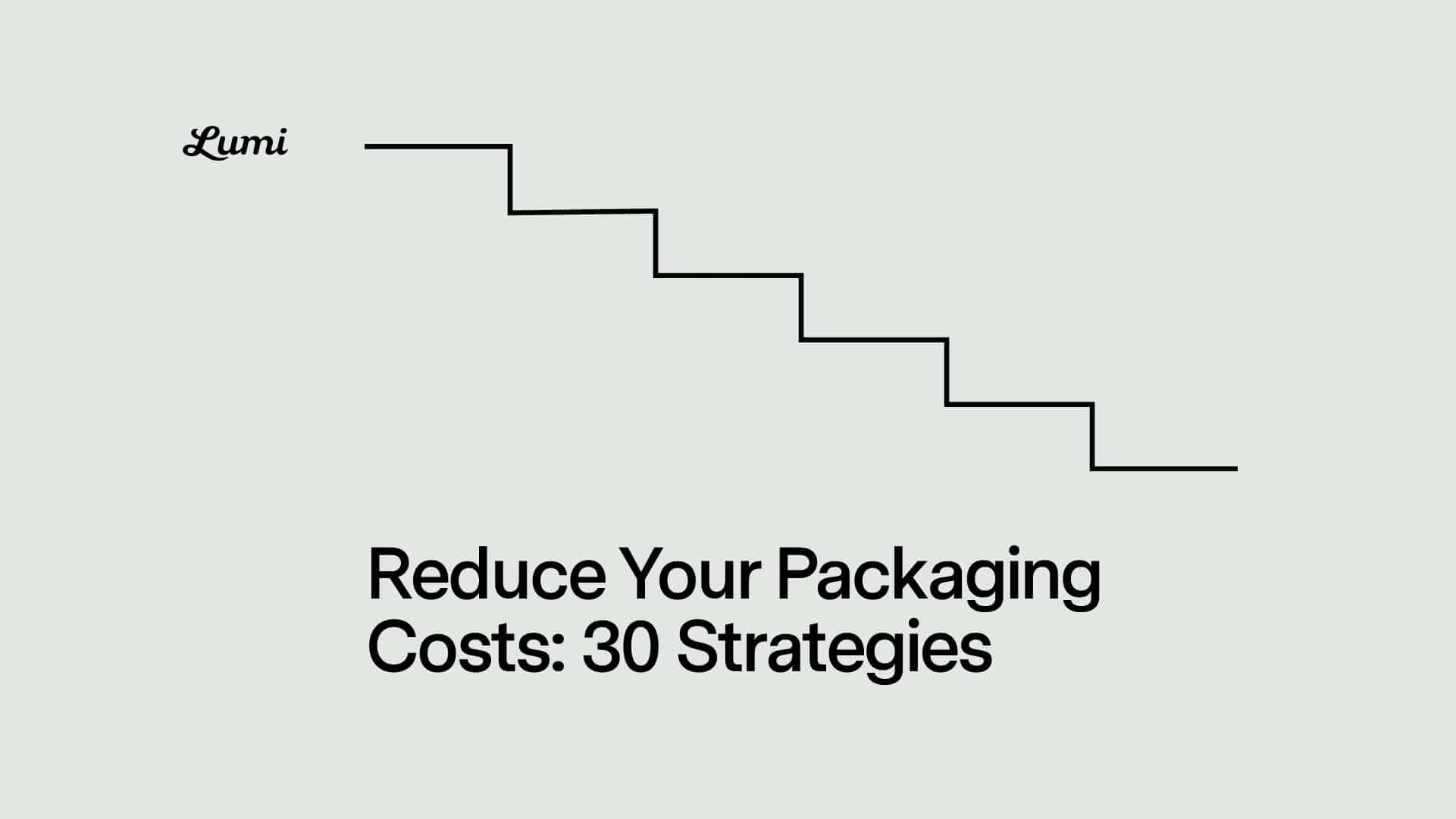I’ve always wondered: why do some products stick while others don’t? Is it possible that we can learn how habit-forming products work through…science? As it turns out, yes! Science does have something to say about habit formation. In fact, recent advances in neuroscience and psychology are beginning to yield genuinely useful frameworks for answering these questions.
Our story begins in the early 90s, when a group of scientists at MIT decided to perform an experiment. First they attached a monitoring device to a mouse’s brain. Then they placed the mouse inside a maze with chocolate at one end. The gate would open with a click, and the mouse came ambling out, sniffing around at random. When the scientists saw the brain scan, there was a burst of activity at the beginning (when the gate opened), and then a bunch of smaller bursts for new sights and smells.
Eventually, the mouse found the chocolate, and there was another spike in brain activity. Next, the scientists at MIT just kept making that mouse run the maze over and over and over again. As time went on, two clear patterns began to emerge. The first pattern surprised nobody: the mouse got way better at the maze. But the second pattern was much more interesting: As the mouse’s performance increased, it’s brain activity actually decreased.
A habit was born.





